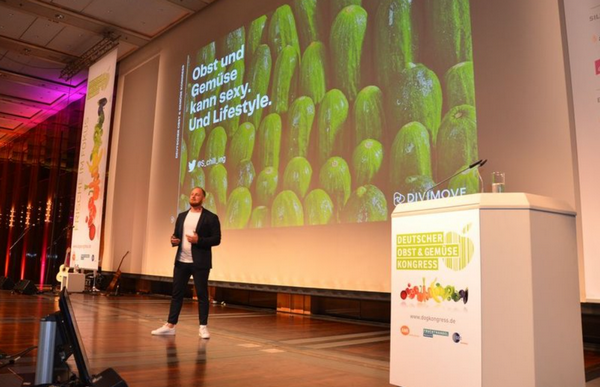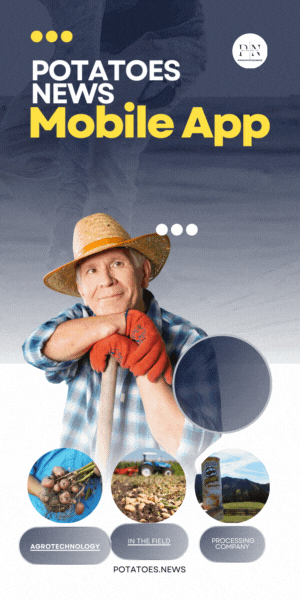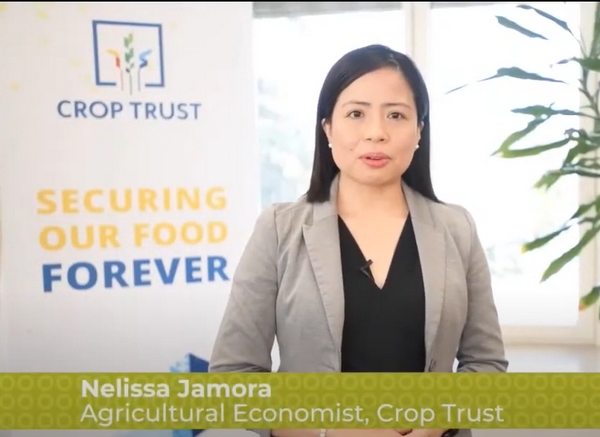The Permsky greenhouse complex, one of Russia’s largest high-tech agricultural enterprises, nearly doubled its net profit in 2024 compared to the previous year. This success story offers valuable insights into the financial performance, production strategies, and market trends shaping modern greenhouse farming.
In a year marked by volatility in agriculture and supply chains, Permsky Greenhouse Complex—located in Chusovoy, Perm Krai—delivered an impressive financial performance. According to official data from Russia’s State Information Resource for Accounting Reports, the enterprise closed 2024 with a net profit of 870.5 million rubles, a 98% increase over the previous year’s 440 million rubles.
The strong performance was not limited to net profit alone. Other key indicators also showed significant gains:
- Gross profit rose by 40.3%, reaching 1.5 billion rubles
- Operating profit surged by 57%, totaling 914.4 million rubles
- Revenue increased by 26.2%, growing from 2.7 billion to 3.4 billion rubles
These results make Permsky one of the top-performing greenhouse operators in Russia, under the leadership of Roman Tyagunov, who has been at the helm since 2021. The complex spans 24.5 hectares of high-tech greenhouses and produces 24,500 tonnes of cucumbers and tomatoes annually.
Strategic Drivers of Growth
Several factors contributed to Permsky’s financial and operational success:
- Scale and Efficiency: At 24.5 hectares, the greenhouse is among the largest in the region. Its size allows for economies of scale in labor, logistics, and energy use—key factors in Russia’s climate and energy-intensive conditions for year-round vegetable production.
- Market Demand: According to the Russian Ministry of Agriculture, domestic demand for greenhouse vegetables has risen steadily, particularly in urban regions. From 2018 to 2024, the share of Russian-produced greenhouse vegetables on store shelves grew from 65% to over 85%, reducing dependence on imports and opening new sales opportunities for local producers.
- High-Yield Varieties and Climate Control: Advanced greenhouse operations, such as Permsky’s, rely on automated climate systems, LED lighting, and integrated pest management. These technologies help maintain consistent yields and quality, even during harsh winter months.
- Leadership and Innovation: Since taking over in 2021, Roman Tyagunov has emphasized modernization and productivity. Internal reporting suggests an increased use of digital monitoring tools, real-time crop health analytics, and precision irrigation—all contributing to yield optimization and reduced operational losses.
- Access to Distribution Channels: Being part of larger agricultural holding structures or cooperating with federal distribution networks can greatly enhance a producer’s profitability. Although Permsky operates independently, its scale and output allow it to secure favorable contracts with major retail chains and food processors.
National and Global Context
Russia’s greenhouse vegetable production exceeded 1.7 million tonnes in 2023, according to Rosstat, and is expected to approach 1.8 million tonnes in 2024. Tomato and cucumber remain dominant, accounting for over 90% of greenhouse vegetable output. However, competition is intensifying, both within Russia and from neighboring countries like Uzbekistan and Azerbaijan, where energy and labor costs are lower.
Despite this, Russian high-tech greenhouse farms remain globally competitive due to their proximity to key markets, government support programs, and increasingly technologically integrated operations.
Permsky Greenhouse Complex’s financial leap in 2024 reflects a broader transformation in Russia’s protected agriculture sector. With strong management, scale, and strategic use of technology, the facility has turned efficiency into profitability. For growers, engineers, and investors alike, Permsky serves as a model for sustainable, high-performance greenhouse operations in challenging climates.










